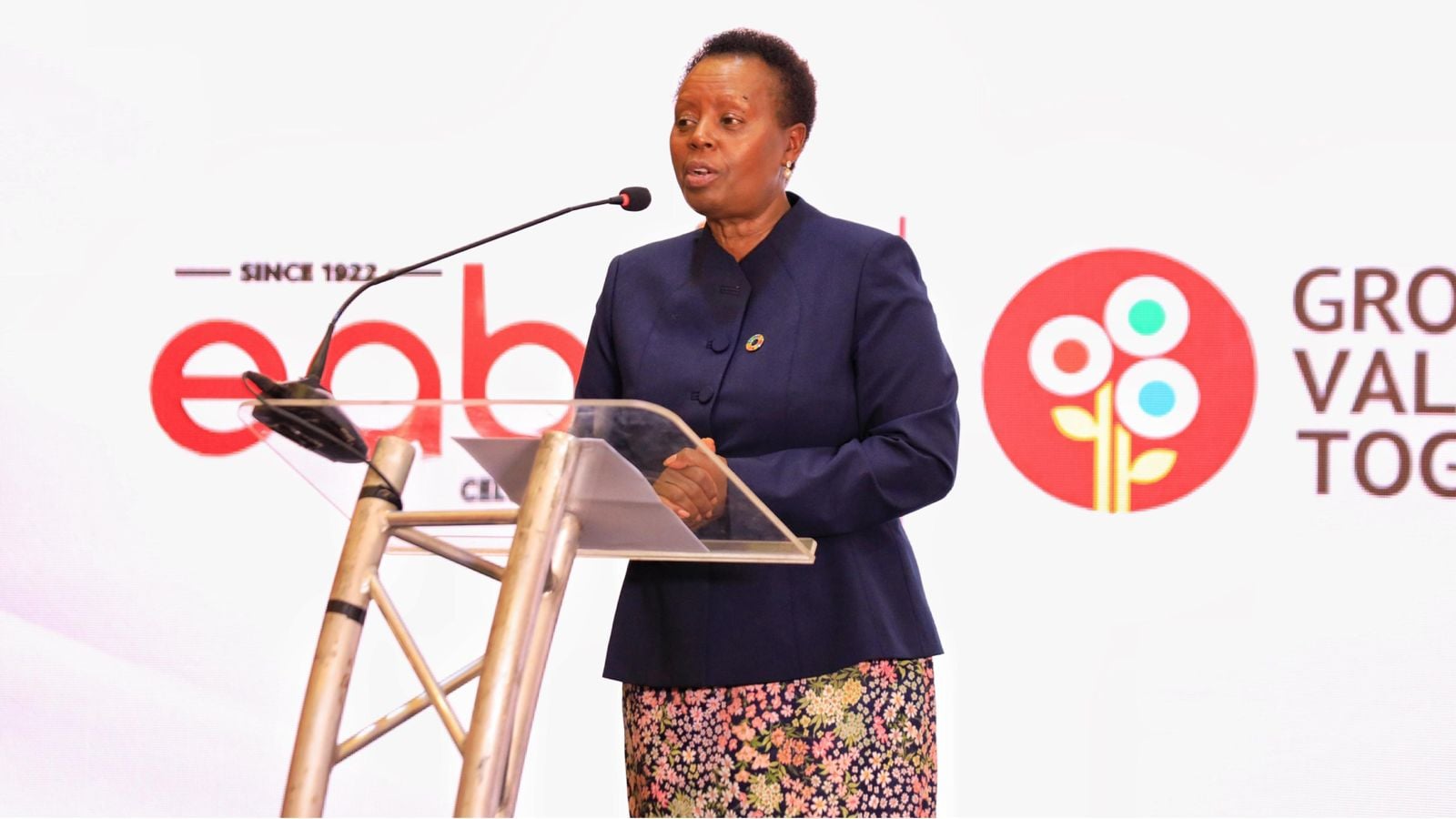The latest World Bank reports indicate that Kenya’s public debt remains at high risk of distress, with interest payments consuming nearly a third of tax revenue.
The World Bank's Public Finance Review (PFR) report revealed that while some macroeconomic indicators have improved, the country’s fiscal stability remains fragile due to weak revenue performance, slow growth, and rising domestic borrowing.
“Kenya’s fiscal situation is precarious: public debt stood at 68 percent of gross domestic product (GDP) in 2024, and the risk of debt distress is high.
"Years of expensive public debt accumulation, the recent tightening of global credit conditions, and ballooning interest costs, which absorb over one-third of Kenya’s public revenues, are shaping Kenya’s current fiscal imbalances and prompting unpopular fiscal adjustment measures," the report reads.
Speaking at the University of Nairobi during the launch of the Kenya Economic Update and the Public Finance Review reports, Mr. Qimiao Fan, World Bank's Country Director for Kenya, Rwanda, Somalia, and Uganda, said, "Our bottom-line assessment is that the growth environment has become more challenging, making it more difficult to create jobs."
Read More
Mr. Fan added, "While progress has been made on inflation, the exchange rate, and international reserves, high and costly debt remain Kenya’s Achilles heel. Hence, fiscal policy is critical at the moment. This is why our Economic Update includes a thematic focus on equity in fiscal policy, showing how it could be made more progressive and equitable. We still assess Kenya’s risk of debt distress as high. This means that there is a high probability of Kenya defaulting on its debt."
The World Bank has emphasized the need for equitable fiscal reforms that promote inclusive growth and job creation, particularly in a labor market still struggling to recover.
At the same time, according to the Kenya Economic Update, Kenya’s economy grew by 4.7 percent in 2024, down from 5.7 percent in 2023, reflecting the impact of floods, high interest rates, and weakened business confidence.
Notably, weakened business confidence has been attributed to the widespread protests against the Finance Bill 2024.
"Kenya's economy has slowed despite several improving macroeconomic indicators. Real gross domestic product (GDP) grew by 4.7 percent in 2024, a decline from 5.7 percent in 2023 as the economy faced multiple challenges, including floods, high interest rates, and subdued business sentiment following protests that rocked the country in 2024," the report stated.

On the other hand, the report showed that while the industry sector slowed, manufacturing provided a cushion.
Additionally, while agriculture and service sectors remained strong, elevated interest rates are among the factors that moderated the growth of the private sector.
"The industry sector slowed due to a weakening construction sub-sector, though manufacturing has provided some cushion. The agricultural and service sectors remained strong, supported by good weather and lower inflation.
"Tight monetary policy and elevated interest rates moderated the growth of private consumption while the contribution of investment to growth remained sluggish as reflected in low credit growth and declining industrial production," the report stated.
The World Bank projects a gradual rebound, with real GDP growth expected to rise from 4.5 percent in 2025 to about 5.0 percent by 2027.
However, the pace of recovery remains highly dependent on the implementation of fiscal reforms and improvements in governance.
The report also showed that increased reliance on domestic borrowing has raised alarms over its impact on the private sector.
It noted that despite easing yields, the larger-than-targeted fiscal deficit and low external financing pushed the government’s domestic borrowing above its target in the first half of FY2024/25.
"Increased domestic borrowing is crowding out private-sector lending. Despite the decline in domestic yields due to easing monetary policy, the larger-than-targeted fiscal deficit and low external financing disbursements in H1 FY2024/25 pushed domestic borrowing above its target and above the previous year's level of borrowing," the report read.
As such, debt servicing is projected to take up 38% of revenue, and interest payments are estimated at 5.7% of GDP.
"Public debt as a percentage of GDP has reduced but remains high, with debt-servicing costs constituting a significant portion of revenue (~38 percent) in H1 FY2024/25. Interest payments are estimated at 5.7 percent of GDP in FY2024/25, higher than the 5.3 percent incurred in FY2023/24," the report added.
Speaking during the launch, Treasury CS John Mbadi noted that Kenya's economy is projected to improve and expand by 5.3 percent in 2025 and 2026.
"Kenya has been able to achieve macroeconomic stability. Inflation rate has declined to 4.1 percent in April 2025 from a peak of 9.6 percent in October 2022; The Kenya Shilling exchange rate has now stabilized against major international currencies, and interest rates have gradually come down in line with the easing of the monetary policy.
"The current account deficit improved to 3.1 percent of GDP in the year to February 2025 from 3.3 percent of GDP in a similar period in 2024, reflecting improved exports of goods and services and resilient diaspora remittance inflows, and lower oil imports. Official Foreign Exchange Reserves at US$. 9,682.9 million (4.4 months of import cover) by end February 2025, provides adequate buffers and gives market confidence," Mbadi noted.






-1758009840.jpg)




